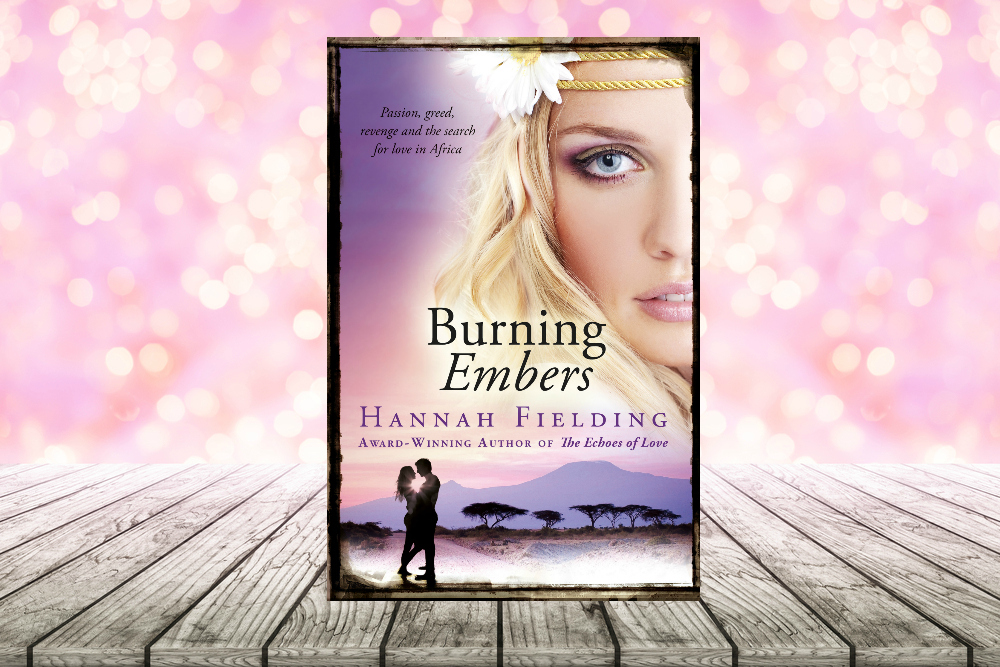How contemporary should a contemporary romance be?
How contemporary should a contemporary romance be?
How contemporary should a contemporary romance be?
-
Hannah
-
Hannah

My publisher was confronted with this categorisation dilemma when publishing my debut novel, Burning Embers. In the end, we settled upon this as a short description of the book:
Burning Embers is a contemporary historical romance novel set in Kenya in 1970. It is an evocative and passionate story of coming of age, of letting go of the past, of having faith in a person and of overcoming obstacles to love, set against the vivid and colourful backdrop of rural Africa and its culture.
The book, then, fits into a little-used sub-genre named ‘modern historical’ or ‘contemporary historical’. My readers seem to understand the section, but it’s not one that’s in common use.
The book can’t be called historical romance, for the strict classification of that genre is books that span the period up until the outbreak of World War II. It seems logical, then, to classify the book as contemporary, but I write romances that feel historical in tone (one newspaper that reviewed Burning Embers called it ‘an epic romance like Hollywood used to make’). There is the feel of a bygone era in the story, as you can see in the book’s description:
Coral Sinclair is a beautiful but naïve twenty-five-year-old photographer who has just lost her father. She’s leaving the life she’s known and travelling to Kenya to take ownership of her inheritance – the plantation that was her childhood home – Mpingo.
On the voyage from England, Coral meets an enigmatic stranger to whom she has a mystifying attraction. She sees him again days later on the beach near Mpingo, but Coral’s childhood nanny tells her the man is not to be trusted. It is rumoured that Rafe de Monfort, owner of a neighbouring plantation and a nightclub, is a notorious womanizer having an affair with her stepmother, which may have contributed to her father’s death.
Circumstance confirms Coral’s worst suspicions, but when Rafe’s life is in danger she is driven to make peace. A tentative romance blossoms amidst a meddling ex-fiancé, a jealous stepmother, a car accident, and the dangerous wilderness of Africa.
Is Rafe just toying with a young woman’s affections? Is the notorious womanizer only after Coral’s inheritance? Or does Rafe’s troubled past colour his every move, making him more vulnerable than Coral could ever imagine?
Burning Embers: available to buy from my shop
It was never a consideration for me to write Burning Embers in the modern era. I wanted to write a traditional love story with a naïve heroine, and I wanted to capture the beauty of Kenya at a time when independence was brand new. Nor did I consider pushing the action back in time to fit into the historical genre – Coral, my heroine, is very much a product of the female revolution that took place in Western society during the 1960s, from her fashion and independence through to her career as a successful freelance photographer.
Clearly, I am not alone in having written a book set in the period 1939 to, say, 2000 – a time outside of the modern day. I wonder why conventional romance genres don’t comfortably include this period in their span?
But in the words of Shakespeare, ‘What’s in a name? A rose by any other name would smell as sweet’ (or in this case, a romance novel placed in any genre is just as romantic). What matters is the story and the setting and the characters and the messages. What matters is that readers enjoy your story, and are swept away into another time and another world where reality is not important, where all that matters is passion and connection and love.
What do you think? How much does genre affect how you choose which books to read? Do you stick rigidly to one or two genres, or do you read widely and voraciously across the romance genre – and beyond? Should authors write books with genres in mind, carefully following conventions, or write without boundaries the book that is in them to write? I would love to hear your thoughts on the subject.
